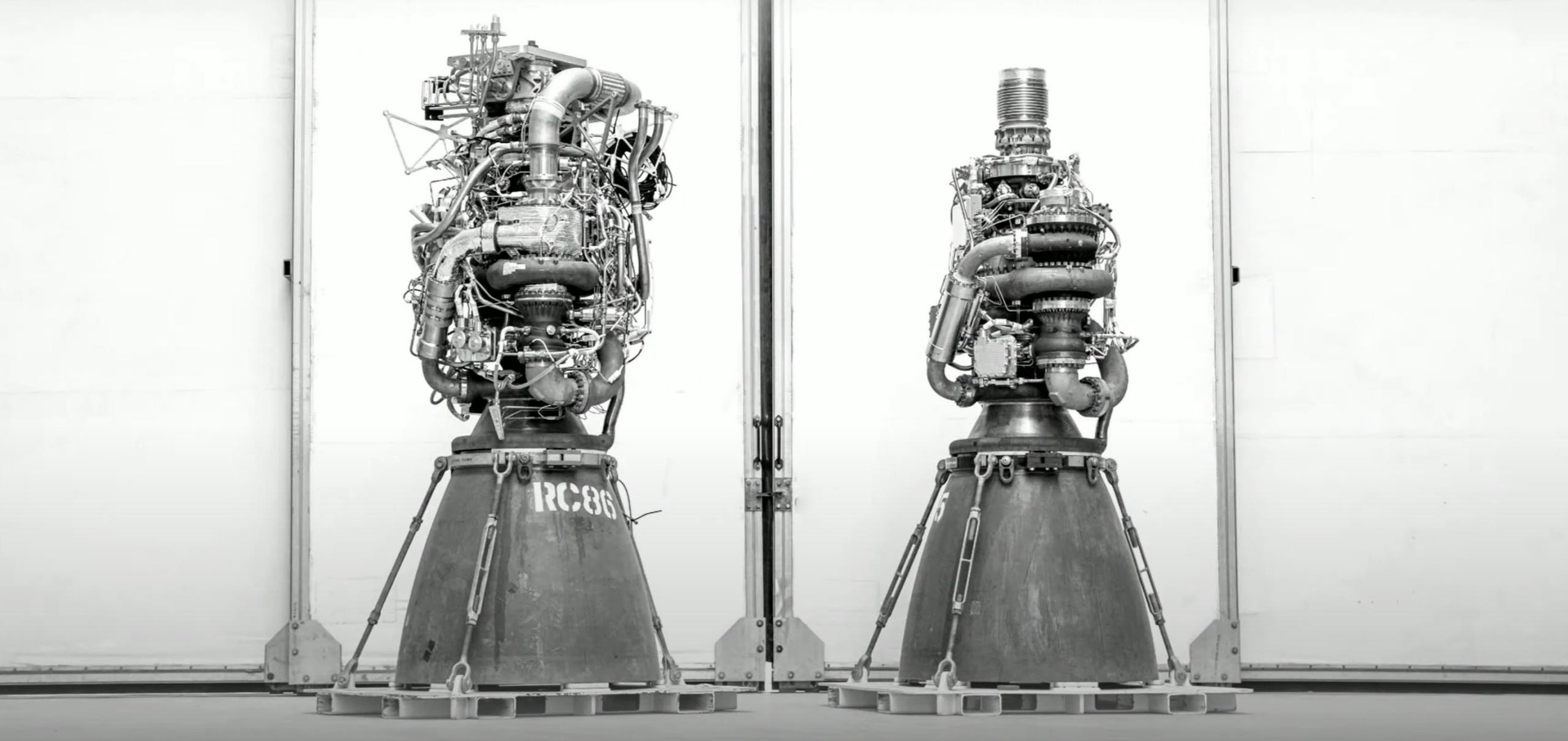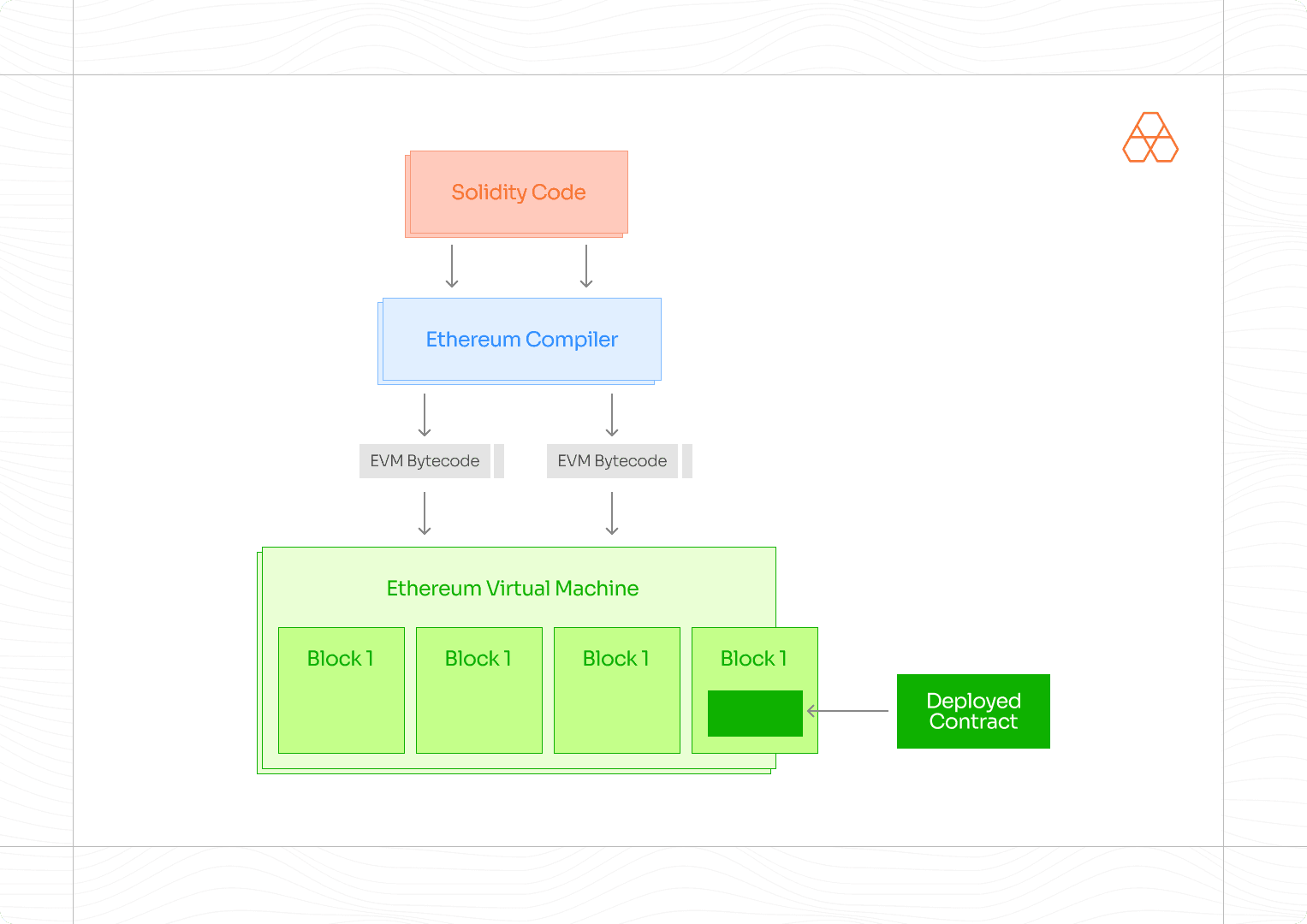Jul 5, 2024
Imagine a world where blockchain technology is flawless. You use it the same way you surf the web today. It’s affordable, has near-instant transaction settlements, and has a flawless user experience. This isn’t just a concept; it’s a reality enabled by Gen 2.0 Virtual Machines (VMs).
Many new Layer 1s (L1s) and Layer 2s (L2s) are attempts at better solutions, but end up with the same core issues. That’s because the technology remains largely within the same paradigm. They’ve come a long way from the early days of Ethereum’s EVM, but scalability, throughput, and cost-efficiency remain non-ideal, ruining your on-chain experience.
Arithmic’s SomaVM is a Gen 2.0 VM set to redefine what’s possible in blockchain technology. The evolution from Gen 1.0 to Gen 2.0 VMs represents a major step forward in blockchain capabilities. By addressing the core limitations of its predecessors in unprecedented ways, SomaVM isn’t just a mere improvement; it’s a shift in how we fundamentally think about VMs.
In this deep dive, we’ll explore the journey from Gen 1.0 to Gen 2.0 VMs, the underlying innovations driving this evolution, and its implications for you as a user.
Background on VMs in Blockchain
Every blockchain has a VM, which performs execution (of smart contracts) and transaction processing. These VMs are the powerhouses of blockchain networks, reading code and running it in a separate environment.
The most popular one is EVM (Ethereum Virtual Machine), which first introduced the concept of a Turing-complete blockchain. This revolution allowed developers to write intricate, self-executing smart contracts that opened up a universe of possibilities for decentralized applications.
Nevertheless, as time passed and more use cases appeared, the limitations of the Gen 1.0 VMs started showing. These limitations have caused friction, spearheading the development of next-generation VMs designed to overcome the hurdles that have long held back adoption.
Limitations and Challenges of Gen 1.0 VMs
While Gen 1.0 Virtual Machines (VMs) have been crucial in the innovational cycle, they face significant architectural limitations that hinder scalability and efficiency, leaving you with a frustrating user experience.
Inefficient Handling of Non-Algebraic Computations
In the world of VMs, different types of operations or calculations need to be performed. Some are straightforward, like simple math problems (algebraic computations). Others are more complex, involving encryption and data verification (non-algebraic computations).
The current generation of VMs is good at handling simple operations. It’s like having a calculator that’s great at addition and multiplication. However, when it comes to more complex operations, which are very common in real-world use cases, the VMs struggle. It’s like asking that same calculator to suddenly solve a complex puzzle — it can do it, but it takes much longer.
Some complex operations can take up to 20,000 times longer to process than simple operations. This inefficiency thus creates a major bottleneck in the system. Even though there are ways to group transactions to process them more efficiently (something called rollups), the problem with handling complex operations limits how much we can speed things up…
Complex Algebraic Sub-Circuits
Gen 1.0 VMs define algebraic subcircuits for every CPU instruction. Imagine you’re building a complex machine, like a virtual rocket engine. With Gen 1.0 VMs, we build this machine by creating many smaller, specialized parts for each basic function it needs to perform. For example, you’d have dedicated fuel injection, ignition, and exhaust management mechanisms. These specialized parts are like the “algebraic sub-circuits,” each designed to handle a specific task.
In contrast, Gen 2.0 VMs would be like upgrading to a more modern engine that uses advanced technology to manage these functions with a single, sophisticated control unit. This is similar to how SpaceX has evolved their Raptor rocket engines, progressing from early models with more separated systems to the Raptor 2 with a streamlined, integrated design.

It is difficult to create such complex parts for a VM. Combining all these parts to make the entire VM circuit limits throughput, falling short of expectations and introducing significant overhead (especially for non-algebraic operations like Less Than, Range-Check, XOR, OR, and AND). Overall, the VM becomes slower, which increases when dealing with more complex operations.

The limitations of the Gen 1.0 VMs restrict users and developers alike, forcing them to adapt to new paradigms and accept unnecessary friction. For developers, this includes the challenge of algebraizing non-algebraic constructs such as branches and if-else functions, which can lead to more complex and less intuitive smart contract development. For you, this means more clicks, more waiting and a worse user experience.
Here’s why Gen 1 VMs make life harder for you:
Higher Transaction Costs: When transactions are batched in rollups, non-algebraic computations take longer to process and have a more complicated sub-circuit structure. In short, it causes your gas costs to increase.
Slower Transaction Processing: The proof computation overheads of non-algebraic operations slow down transaction processing speed overall, thus limiting the speeds achievable by Layer-2 solutions. Your transactions will take longer to be confirmed, leaving you waiting when timing is everything.
Restricted Capabilities: The ability to handle non-algebraic operations effectively limits developers’ ability to build complex decentralized applications. The dApps you can use will be limited to a few functionalities, such as swap and transact.
Confusing dApps: Although Gen 1.0 VMs are compatible with rollups, the architectural constraint prevents even these from delivering the expected scalability benefits for blockchain networks.
The Arithmetic Gen 2.0 SomaVM
Arithmic’s Gen 2.0 SomaVM represents the leap forward in VM innovation. Built on the RISC-V CPU computer processor architecture, SomaVM leverages recent developments in SNARKs (Succinct Non-interactive Arguments of Knowledge) to prove non-algebraic operations using lookup functions. Our internal testing environment shows us that it dramatically reduces the overhead for complex computations, addressing one of the main bottlenecks in the Gen 1.0 VM.
The SomaVM is also based on Zero Knowledge (ZK) tech that simultaneously scales Ethereum and Bitcoin, pioneering a dual functionality as a Layer-2 solution.
The SomaVM architecture
This SomaVM design, which has an offline memory-checking procedure, ensures fast and secure execution of smart contracts and transactions. It consists of three key components: CPU instructions, 32-word registers (each word comprising 32 bits), and a word-addressable memory. Using lookups to validate most CPU operations, with only a few constraints needed to check other relevant parameters.
This ease of using the SomaVM encourages broader adoption and innovation within the Arithmic ecosystem. The design offers two additional advantages. First, it isolates protocol errors in the lookup arguments, enhancing overall security. Second, it provides a developer-friendly environment, allowing coding in familiar languages like C or Rust, which can then be compiled into RISC-V assembly. This can enable more developers to be onboarded into the Arithmic ecosystem and create new types of applications.
Building the First Fully Cohesive L1 Architecture
Due to core infrastructure improvements that optimize how information is processed, Arithmic’s SomaVM is pushing performance boundaries. The current version, zkVM v3.0, achieves 50+ transactions per second (TPS), a tenfold improvement over the industry average of 5 TPS. In practical terms, SomaVM can process 30,000 transactions in 10 minutes, compared to competitors’ average of 3,000 transactions.
Looking ahead, Arithmic has ambitious plans for further improvements. The upcoming v4.0 is expected to double the current throughput, potentially processing 60,000 transactions in 10 minutes. The prospect of custom zkASICs (Application-Specific Integrated Circuits) in development is even more exciting, and we are actively working towards entailing custom hardware configuration that embodies the aim of a fully cohesive architecture, not just restricted to the software level. This could lead to a staggering 10x improvement over the current version, enabling 300,000 transactions in 10 minutes.

Overall, this means a significantly better on-chain experience as the underlying chain processes transactions faster and more efficiently, making you feel like you’re surfing the internet. We expect new use cases to be driven by the SomaVM, its unique capabilities, and other Arithmic components, some of which we will dive deeper into in future articles. The use cases will spur innovation and create new yield opportunities unmatched by most of the competition.
The evolution from Gen 1.0 to Gen 2.0 VMs marks a pivotal moment in the history of blockchain and scalability. By rearchitecting the VM from the ground up, Gen 2.0 VMs like Arithmic’s SomaVM are setting the stage for a new phase of DeFi.
Links:
X handle: https://x.com/ArithmicNetwork
